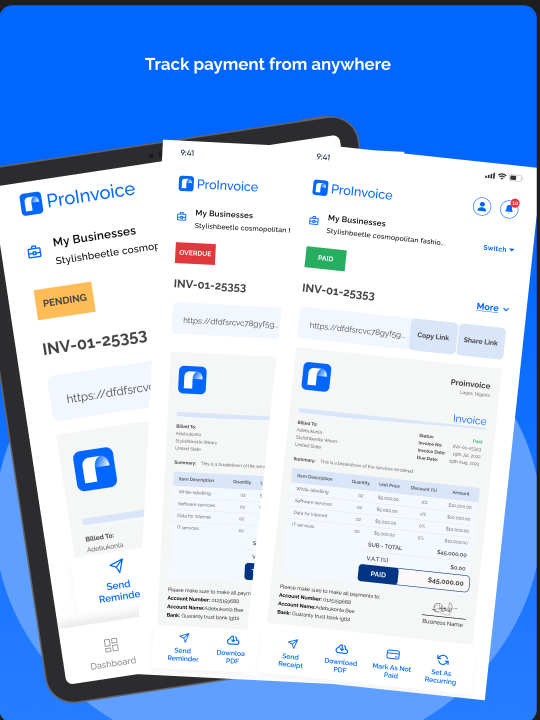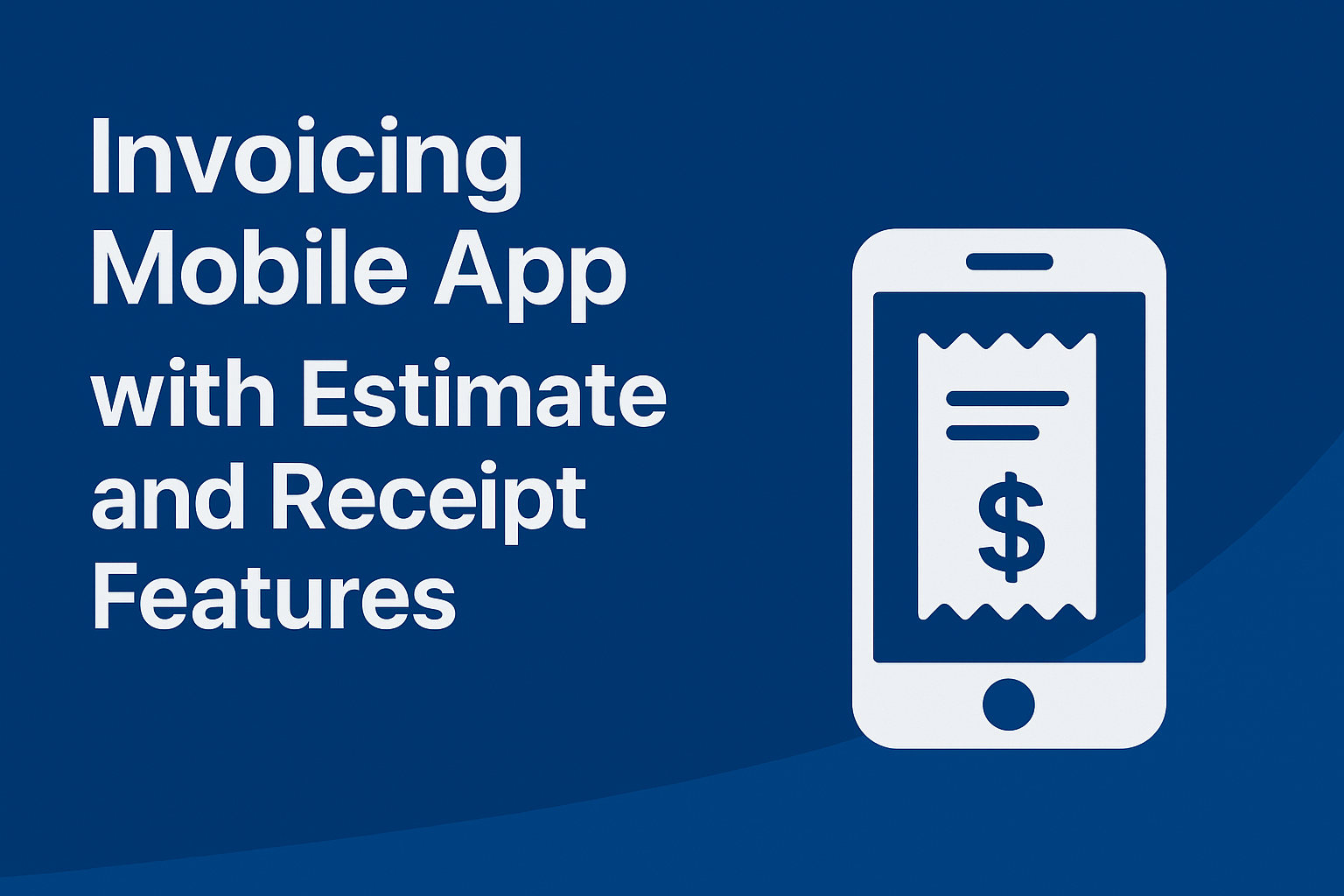Managing remote teams: build a healthy and productive culture, support your remote workers, and overcome common challenges. Discover tools, tips, and best practices for leading a successful remote workforce.
Remote work is no longer a short-term trend; it’s a foundational part of modern business. According to the U.S. Bureau of Labor Statistics, 35% of American workers did some or all of their work remotely in 2024. Managing remote teams is more than a trend; it’s now essential. As flexible work becomes the norm, businesses must learn how to build a healthy and productive remote culture using AI-intuitive tools.
For small and mid-sized businesses, this opens doors to global talent, lower overhead, and flexible work models. But it also introduces challenges that can’t be ignored, like communication gaps, performance tracking, and team cohesion. To build a healthy and productive remote culture, companies need more than just Zoom links and Slack channels. They need structure, empathy, and the right tools to keep everyone aligned, especially when working across different cities, countries, or even time zones.
This article explores what it takes to manage remote teams effectively from building trust and setting expectations to choosing the right platforms (like ProInvoice) that keep things running smoothly even when your team is miles apart.
Key Takeaways
- Remote workforce management is about balancing freedom and accountability.
- Communication, clarity, and culture are your top assets.
- The right tools—like ProInvoice for invoicing and team transparency streamline remote operations.
- Leaders must be intentional in how they foster connection and performance in distributed teams.
Related 5mins Read: Side Hustle Ideas 2025: Best Income Streams for Americans
What Is Remote Workforce Management?
Remote workforce management refers to the strategies, systems, and tools used to lead teams that don’t work from the same physical space. It includes everything from managing communication channels to ensuring people have the support, tech, and training they need to succeed from anywhere.
When managed well, remote work boosts flexibility, satisfaction, and productivity. But it requires clear structures, people-first leadership, and tools like ProInvoice to help manage workflows, track outcomes, and keep billing or task accountability seamless across borders.
What Are the Challenges of Managing Remote Teams?
Remote leadership comes with unique hurdles that can quietly disrupt team performance. Here are a few to watch for:
1. Communication Silos
Without casual in-person conversations, context often gets lost. Misinterpretations, unanswered questions, or unclear feedback can slow progress or damage trust.
2. Performance Visibility
It’s harder to tell when someone’s disengaged or overwhelmed. Managers often overcompensate by micromanaging, which backfires.
3. Time Zone Gaps
Even two to three hours’ difference can create scheduling friction. Larger gaps may cause project delays or limited collaboration windows.
4. Well-being Blind Spots
Remote employees may hide burnout or stress. Just because they’re “online” doesn’t mean they’re okay.
5. Limited Growth Paths
Remote employees might feel out of the loop for promotions or training if systems don’t intentionally support learning.
Tip: Systems like ProInvoice provide clarity and transparency when managing deliverables, client billing, and accountability—helping leaders stay aligned with remote contributors.
Related 5mins Read: Side Hustle Ideas 2025: Best Income Streams for Americans
Best Practices for Managing Remote Teams Effectively
1. Build Trust with Autonomy
Micromanagement kills morale. Instead, set clear goals, give team members ownership, and check in consistently. Let results—not presence—be your performance measure.
Tools like ProInvoice give remote workers control over their own time and tasks while keeping you in the loop.
2. Set Clear Expectations
Establish standards for availability, response times, and performance metrics. Define what “done” looks like for every task. Use shared documentation and onboarding guides to align new hires from day one.
Want clarity around work tracking and task billing? Try ProInvoice’s free invoice generator to document deliverables, especially for project-based roles.
3. Communicate with Purpose
Intentional communication beats “more communication.” Combine async tools (Slack, Loom) with sync touchpoints (weekly check-ins, monthly retros). Make sure every team member knows how and when to reach out.
Bonus: If you work with freelancers or consultants, ProInvoice simplifies communication through easy, trackable invoices and payment statuses.
4. Create Feedback Loops
Don’t wait for performance reviews. Offer regular feedback through 1:1s, team debriefs, and anonymous forms. Make it a habit, not a formal event.
And if feedback reveals a lack of clarity in deliverables? Use team management and CRM tools to formalize project scopes and deadlines for smoother collaboration.

Proinvoice makes invoicing effortless. Use custom templates, automate reminders, set recurring bills, and track everything from one smart dashboard. Get paid faster — with less hassle.
5. Prioritize Connection and Culture
Culture doesn’t just “happen.” Reinforce it daily through recognition, shared rituals, and informal bonding. Celebrate wins—even small ones. Host optional “off-topic” chats or virtual game breaks to humanize remote work.
Culture tip: Recognize effort by automating milestone billing or kudos-based bonuses through ProInvoice for remote contractors or vendors.
6. Invest in Training for Remote Success
Remote teams don’t absorb info the same way. Offer L&D opportunities focused on virtual communication, time management, and digital fluency. Equip your managers with coaching skills tailored to distributed teams.
Also, provide tools that teach employees independence and accountability—like using ProInvoice’s free generator to own their work and outcomes.
How Do You Build Culture in a Remote Team?
Culture is built through consistency, not proximity. In remote environments, that means:
- Leading with empathy and transparency
- Creating space for team voice and shared wins
- Modeling core values in daily interactions
- Sharing successes (and failures) openly
And yes—celebrating achievements, like on-time project delivery, with clean, professional invoices from ProInvoice adds to a culture of mutual respect and recognition.
Tools and Tech That Make Remote Management Easier
Here are the tools that help build resilient remote operations:
| Function | Tool Examples |
|---|---|
| Video Conferencing | Zoom, Microsoft Teams |
| Messaging & Collaboration | Slack, Notion |
| Project Management | Asana, Trello, ClickUp |
| Time Tracking | Harvest, Toggl |
| Billing & Invoicing | ProInvoice |
| File Sharing | Google Drive, Dropbox |
| Learning & Development | Coursera, Udemy, 360Learning |
For SMBs, ProInvoice is especially useful: it gives teams an easy way to generate invoices, track payments, and document deliverables—perfect for remote teams and consultants alike.
Final Thoughts
Managing remote teams successfully means getting the human elements and the tech right. It’s about clarity, connection, and the freedom to do great work—wherever your team is based.
Whether you’re leading a 5-person startup or a 50-person hybrid team, structure and trust make the difference.
And when it comes to task tracking, billing clarity, or professional deliverables, tools like ProInvoice’s free invoice generator and sign-up portal help remote leaders and teams stay on top of the details that matter.
🎯 Take action now
Simplify billing and remote project accountability with ProInvoice’s free invoice generator or sign up for full features.













